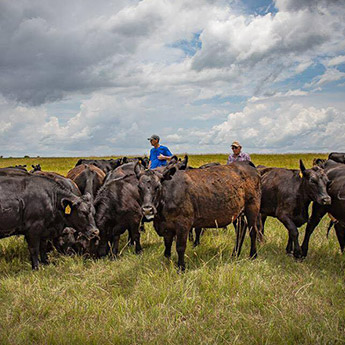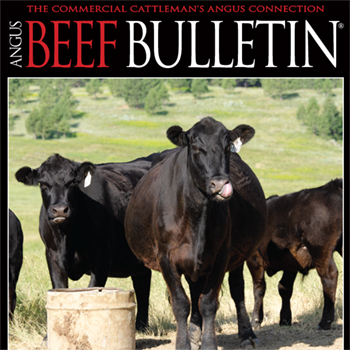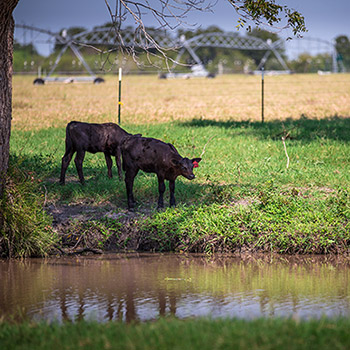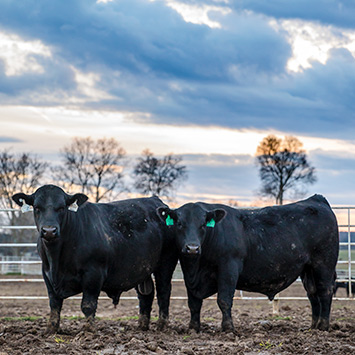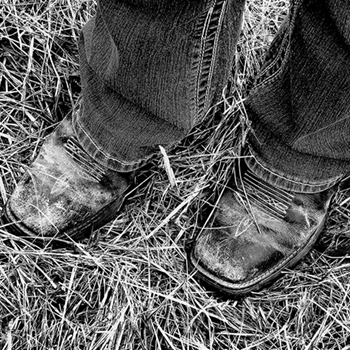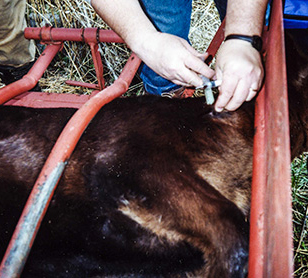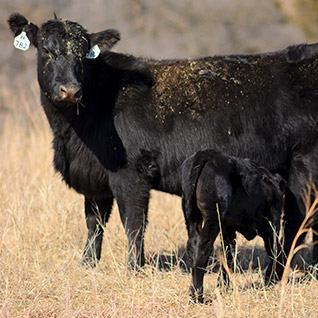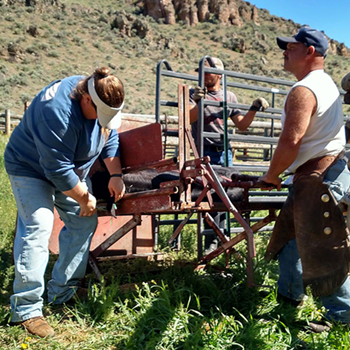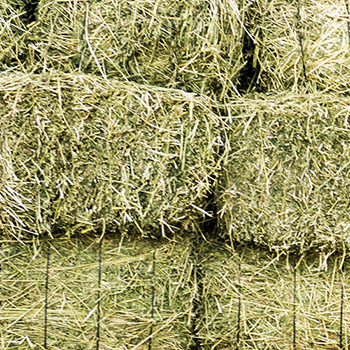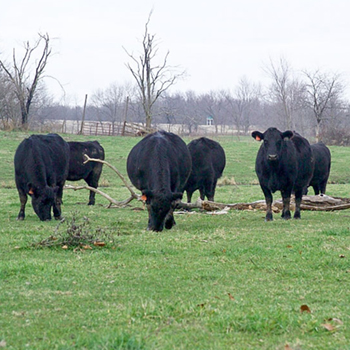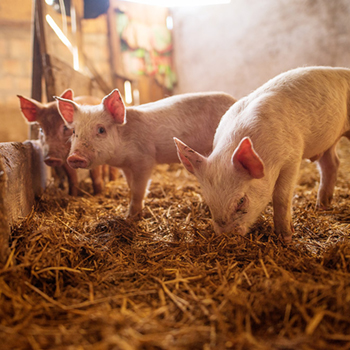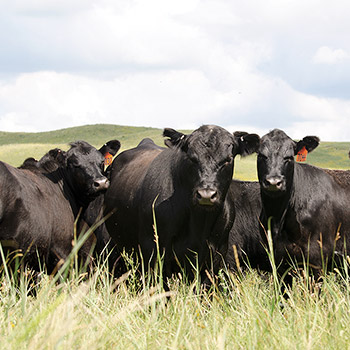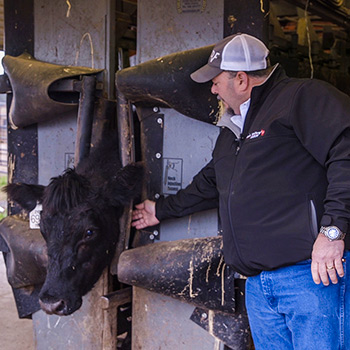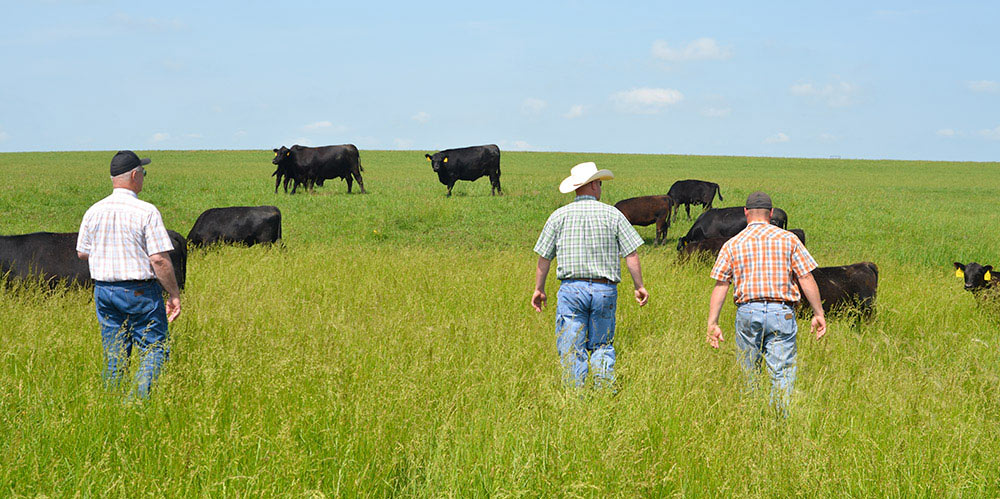
Operate with Intention
Tips to manage critical aspects of the ranch for success.
Story and photos by Kasey Brown, associate editor
Simply put, some farmers and ranchers are more successful than others. Even though there are many outside factors that affect agriculture, one thing is consistent among successful operators.
That trait is intention, says Hugh Aljoe. A pasture and ranch consultant and director of producer relations with Noble Research Institute, Aljoe has worked with hundreds of producers in the southern Great Plains as a consultant after being a ranch manager himself for many years.
Aljoe says: “The intentional producer experiences fewer surprises. They are able to hit targets more frequently. They never lose sight of what’s important. If there is a surprise, they handle it [more easily].”
The issue he’s found is that many producers have a thought process, not an actual plan. It’s in their heads, not written down. There’s no record of past activity, so they can’t make intentional, informed decisions.
Cattle management
To rectify the mistake of running cattle but not managing them — focusing on the cows instead of the operation, no outcomes identified, or it being a lifestyle more than a business — he says stick with an intentional mindset and operational goal for three years. Three years’ data creates a trendline.
He suggests starting with a terminal system to hone skills and a management plan. Two primary benefits of a terminal system are: 1) it is the simplest cow-calf production system; and 2) for every three developing heifers, a producer has two producing cows.
Plan nutrition based on forage quality and the physiological condition of each class of cattle. This is the most important aspect of getting cows rebred. Match the stage of cattle production with the stage of forage production by setting the breeding season across the peak forage production season.
Of course, be intentional about genetic selection and have a breeding plan for a uniform calf crop — produce calves with similar color pattern and born within a defined calving season. Additionally, he recommends having a vet-approved herd health plan and Beef Quality Assurance (BQA) handling practices.
Marketing
Plan marketing with the end in mind, not simply selling your cattle when convenient. He suggests marketing outside of seasonal supply peaks (e.g., September and October for spring-born calves). Monitor cattle prices and prepare your calves for off times when prices will be higher. Don’t be a victim of the market, he urges.
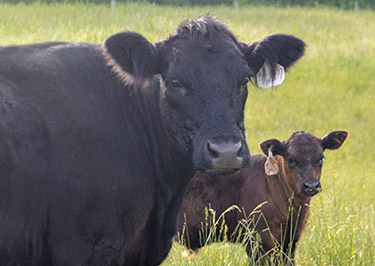 |
Intention doesn’t have to be difficult, but it does have to be deliberate, says Hugh Aljoe. |
Aljoe highly suggests preconditioning calves and participating in value-added programs. He suggests seeking buyers to purchase your calves off the ranch, especially if you have truckload lots of relatively uniform calves to market.
“Looking at the analytics on the economics of preconditioning,” he says, “oftentimes our producers will make as much net income through the preconditioning phase as they have net return back to the cow-calf phase, doubling the return to the operation with [the] same calf crop.”
If a producer has invested in a good set of cows and bulls with good performance expected progeny differences (EPDs), has good herd health and nutrition programs, a uniform calf crop, and a set of facilities to provide fresh feed and water to the calves, he urges preconditioning should be a consideration with each weaned calf crop.
Another source of income can be upgrading your cull cows by rebreeding and selling bred, healthy females to other operations with different breeding and calving seasons. What doesn’t work for you could work for another operation.
He also recommends marketing cull cows outside of the seasonal slump. One must have extra forage to inexpensively carry these females for an additional few months, which lends itself to operating with a conservative stocking rate.
Recordkeeping
Records should be more than a year-end activity to file taxes, he says; and it needs to be more than a “shoebox method.”
He recommends keeping records by enterprise, and establishing benchmarks for key production and economic metrics. He gives the example of a rancher learning it wasn’t worth the effort to make his own hay. It was more cost-effective and efficient to buy it from a neighbor.
With all of the resources available through academia and extension, there are plenty of good resources on what to track and what regional benchmarks are, he says.
“Leveraging the expertise of regional livestock specialists and production agricultural economists makes establishing benchmarks and realistic operation goals much easier,” says Aljoe.
Most importantly, integrate these records into the overall management plan, which includes reporting these metrics at routine intervals that are both timely and useful to the management process.
Employees
The most valuable commodity on your operation is your employees. Do they understand the plan and their role in it?
Aljoe suggests having a personnel management plan for hiring and retaining employees, even if you only have one. Have a job description so they know what is expected. Conduct annual performance evaluations with guidelines and rules. He also suggests taking notes throughout the year, and allowing employees to do the same. Communication needs to be open between employers and employees.
He suggests providing training opportunities to enhance their value to the operation, and incentives for proven tenured employees to reward those who are truly committed to the operation.
“Invest in those you want to keep,” he says simply.
Intention doesn’t have to be difficult, but it does have to be deliberate, he concludes. With these strategies in mind, success is closer in reach.
Editor’s note: This article is a continuation of “Intentional Success” in the April Angus Beef Bulletin. That article highlighted pasture management and tools to prepare for drought.
